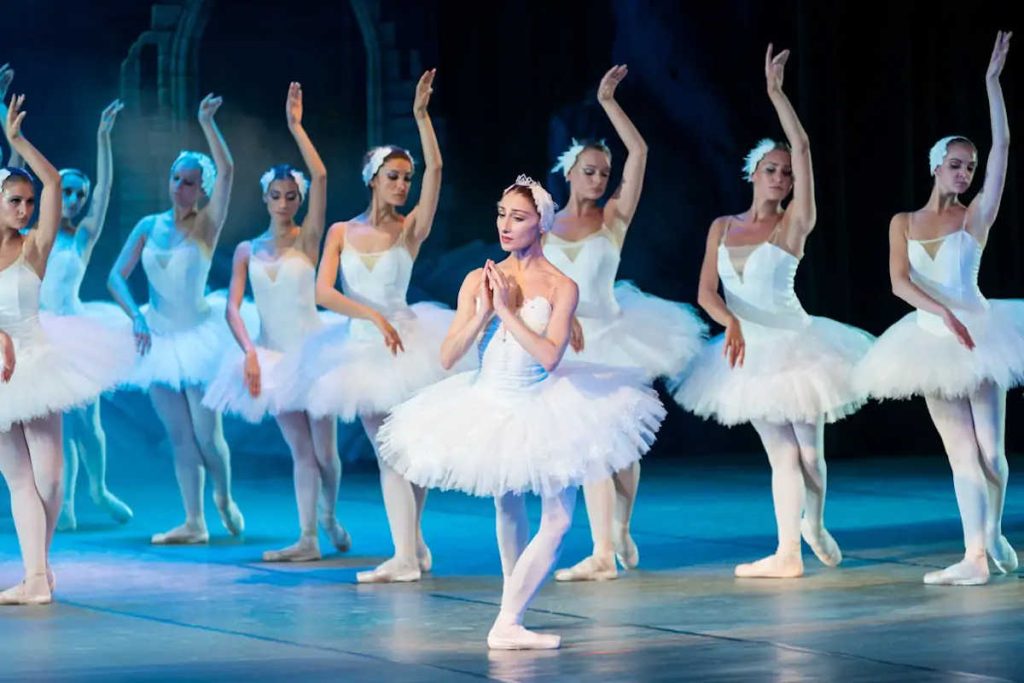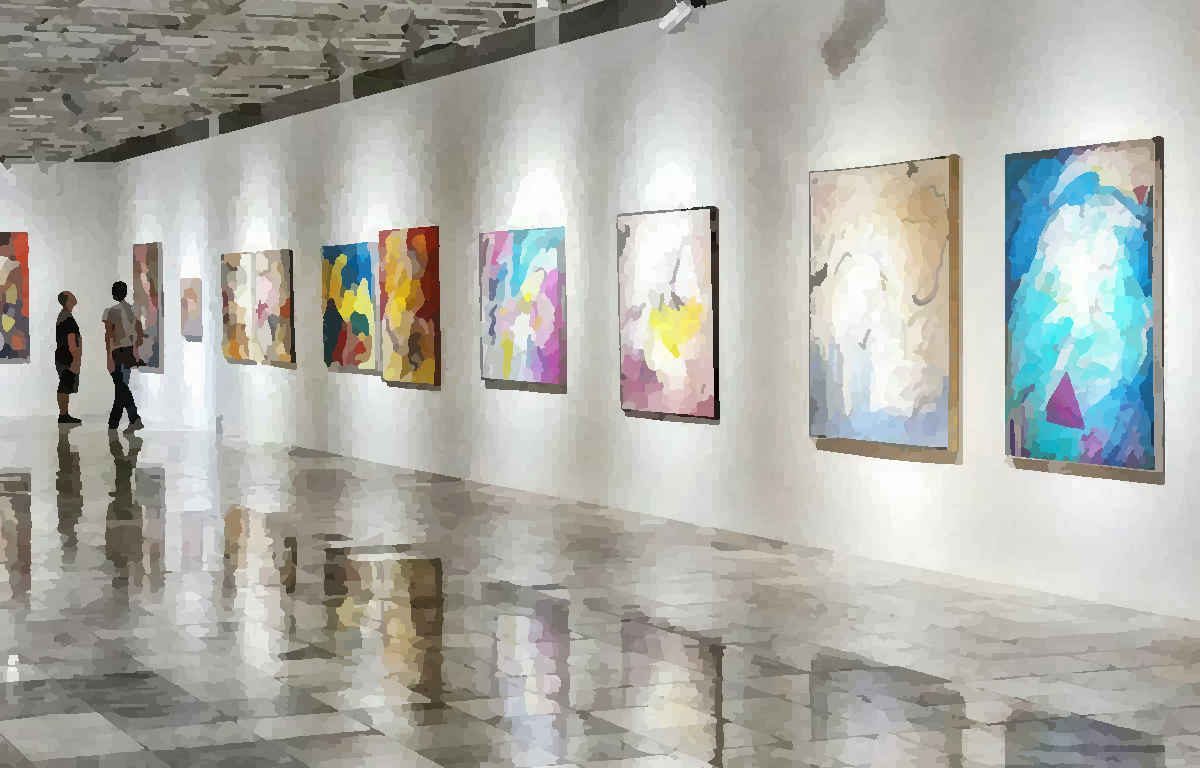Arts As A Tool For Mental Health – Part 1
The arts offer a wide array of options for people to consume human creativity. Whether you go to see artwork on display at a local gallery, or you prefer to take in a live performance, the arts offer something for everyone. Art can teach us about history, it can showcase current events, or be an expression of the artist. The benefits of seeing art are plentiful. The arts provide a tool to explore emotions, identity, culture, and connection.
Defining The Arts
The arts are vast and odds are you take in the arts regularly. By shifting your awareness into what art can be, you subsequently can seek out more opportunities in your daily life. Consuming the arts is about appreciating what it took to create what you are experiencing. The more you expose yourself to the arts, the more you will understand it and the interconnectedness of our world. Art has a unique ability to tell a story or to present us with content that makes us stop and wonder. And yes, not all art has to be about something, it can merely be an expression of technique. But the ones that go beyond that and function, are by far the ones that change us.
When most people think of the arts, they think of the visual arts. This includes drawing, painting, sculpture, and print making. Film and photography are now even more accessible given the advances we’ve seen in technology. The digital arts of graphic design and animation are also more recognizable in our modern society, but don’t often get thought of as art since they have become part of the everyday. The craft disciplines have traditionally been differentiated by function and utility over aesthetics. But I’ve seen incredible artwork over the years that would say those classifications are irrelevant. The literary arts provide us with an array of words from poetry to novels, transporting us to imaginary worlds. And finally the performing arts encompass not only the theatre, but musical and dance performances too.
The Role Of Spectator In The Arts
By setting the intent to expose yourself to art, you can help reduce your stress. Whether you go to a gallery or a show, you can expand your experiences. By observing someone else’s artwork, you can see the world in a different way. What you get out of it is often based on your own experiences, and it helps you connect with the external world. Furthermore, the more you expose yourself to the arts, the greater your ability to appreciate life and find inspiration.
2-D & 3-D
Going to a gallery or a museum can be quite relaxing. Whether alone or with someone else, walk through the experience at your own pace. You will see two-dimensional (2-D) work like paintings, drawings, print, and photography. Additionally, you’ll see three-dimensional work (3-D) like sculptures or installations. The latter are typically mixed-media compilations that can involve all your senses, and are designed for the space in which you encounter them. They are temporary happenings and are intended to be immersive.
Allow yourself to focus more on the pieces that stand out for you. Some can have interactive elements too which can help amplify your understanding and engagement. Nonetheless, what you take away from it is largely founded on your experiences. Don’t be intimidated by the unfamiliar. Be open to new experiences and accept any thoughts or feelings that emerge. Notice how your body responds. If you get overwhelmed, remind yourself that you are in a safe space.
Text & film
The literary arts are a great way to consume the arts. They use words to create stories, build characters, and transport us to another reality. The range of literature available ensures there is something for everyone. Poetry, fiction or non-fiction, and graphic novels (yes comics), it is all fair game. If you struggle finding the time to read, an audio book still counts. These make it easier to squeeze them in during commutes.
Alternatively, you can catch the latest movie release or push yourself to watch experimental or subject-specific films at your local film festival. Foreign films can also be a way to push your comfort zone. Film festivals can often provide an array of films you normally wouldn’t come across, and it tends to be a relaxing environment. Make sure you know the premise of the film and any ratings associated with it to ensure it isn’t triggering.
Catch a performance
At a show, tap your toes to the rhythm of the music or get lost in an imaginary world created before your eyes. Forget your troubles, even for a few short moments. That temporary relief can be a reset to calm your mind. It can also allow you to see new possibilities and new ideas. An additional advantage of going to see a live show is that it can create a sense of community among the audience and the performers. Knowing that no two shows are ever the same makes you appreciate how special it truly is. Performers often thrive off of the crowd’s energy, and as an audience member, your body, often unconsciously, can pick up on that excitement. The inverse is also true, if the crowd isn’t getting into it, the performers have to work harder to get through the show.

Whether you decide to attend a performance or visit a gallery, there is a role for the arts in your life. As an audience member, you get better at observing and listening, leading to more diverse perspectives and an appreciation for experiences. You start to understand how you are impacted by different stimuli, and as you get better at noticing these changes, you can find opportunities to attend that make you feel good.
What’s your favourite art form to see?
By approaching art with an open mind, you can expand your ability to reflect on life and build your awareness of how you respond emotionally and physiologically to different things. You can then learn to influence those sensations towards calm when faced with intense feelings of fight-or-flight, or stimulate you to move when you shut down. With practice, this builds resilience. By consuming different art forms, you also broaden your understanding of the world around you. The arts creates connections for you with other people of similar interests. It provides you with diverse perspectives, helping you be more accepting of others and more importantly, yourself.
To explore how your own artistic expression can help your mental health, read Part 2 of this mini-series.
IMAGE CREDITS: Feature image – Pexels | Matheus Viana. Article image – Pexels | Pixabay.

